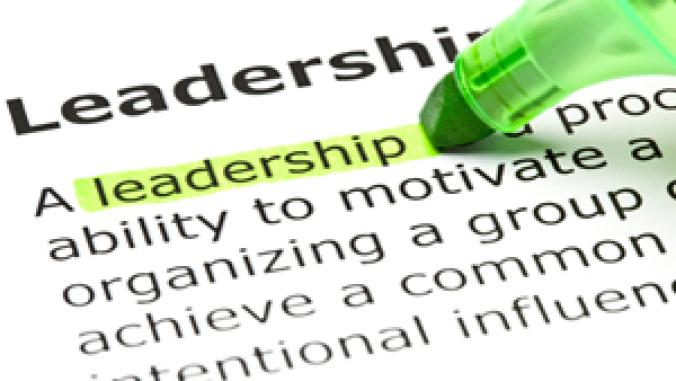6 Tips for Making Sustainability Ratings More Meaningful
<p>The number of sustainability indexes has shot up in the past decade, growing from 21 in 2000 to 108 today. Strategy firm SustainAbility offers tips on navigating the nascent industry and advice on how to make it better.<br /> </p>

In just a decade, the number of sustainability ratings has climbed from 21 in 2000 to 108 -- and growing -- today.
The indexes can help companies and consumers make better choices about what firms they do business with and invest in, what they buy, and who they hire.
But how can you tell which indexes to trust, how do you know they're measuring the right things to come up with their ratings and how can the ratings process be made better?
Strategy firm SustainAbility sought to answer those questions by examining the nascent industry and producing a four-part report, "Rate the Raters," which was published in installments during the past 15 months.
While the surge of ratings in the marketplace -- from Newsweek's Green Rankings to the S&P/IFCI Carbon Efficient Index -- is a sign that sustainability indexes are going mainstream, the growth also has a downside, according to SustainAbility.
"We launched Rate the Raters because we see great promise in this mainstreaming, yet we observe too many ratings failing to live up to expectations," the firm said in the fourth installment of "Rate the Raters," which published this week.
The earlier installments tallied the available ratings, looked at themes and patterns among them, and reviewed 21 rating systems in depth. For GreenBiz.com coverage of the earlier segments, see articles by Managing Editor Matthew Wheeland and Two Tomorrows (North America) CEO Todd Cort, who offered the perspective of a ratings provider.
The final segment provides a vision for the future of ratings and pointers for positive change. "The belief among raters that they have in some way cracked the code and built a 'better' or 'different' rating leads to its proliferation," SustainAbility Vice President Michael Sadowski wrote in a blog post for the Guardian. "Our research shows we need to rethink how the overall ratings system works."
Here is what SustainAbility foresees for the future of ratings and its six recommendations based on that vision:
1. Many ratings are not financially sustainable, they must be financially viable. "There is currently too little demand and funding for the number of ratings that exist today," the report said.
2. There will be greater demand for fewer, higher quality ratings that provide increased transparency. "Quality will be the key driver in determining which ratings survive, and those which do will have greater resources to invest in people, training, quality management and other areas that will result in better ratings (thus creating a virtuous circle)," said the report.
3. Ratings providers should compete on data analysis not data. "Raters currently compete on the most commoditized part of the value chain, with each rater using their own criteria and questions which is inefficient for all parties," Sadowski said in a video presentation on the report. "In the future we envision a more segmented value chain with a small handful of players specializing in data compilation, others using this data to compete on research and analysis, and then a third competing on packaging this research and analysis into the ratings and related products and services."
4. The ratings that will thrive will "add the most value to all parties involved in the ratings process," the report said. "With companies being inundated by ratings, they will increasingly focus their attention on those ratings which bring the greatest insight and best recommendations." Ratings should be "predictive and forward looking, telling us about how a company is positioned to compete in the future rather than how it fared in the past," Sadowski added in his post.
5. Ratings should focus on core impacts and issues. "We currently observe too many sustainability ratings that pay insufficient attention to core business issues such as ethics, compliance, risk management and financial performance," the report noted. "This is why we see 'best of' rankings populated by companies which have experienced significant ethical lapses, health and safety problems, and product recalls. In the future, leading ratings will have at their core these operational measures ... companies with repeated ethical breaches or health and safety incidents won't be in business for long."
6. Future ratings must "find the right balance between being consistent and adaptive," according to the report. The ratings need to recognize that "users and companies require a steady goalpost, but also that issues and expectations of companies evolve over time," Sadowski wrote.
SustainAbility did not actually rate the raters in its report, but used its analysis of 21 ratings to determine best practices and formulate recommendations for the industry. Part 3 of the report listed the ratings providers that voluntarily participated in SustainAbility's research. The report also noted new ratings that emerged during the course of the study. They included UL Environment's ULE 880 sustainability standard for manufacturing organizations, which is being developed with GreenBiz Group.
The decision not to publish an assessment of raters raised questions, which researchers acknowledged in the report's final segment:
"One of the most frequent questions we received about this work was: 'Why didn't you actually rate -- and rank -- the raters?' Some -- typically companies! -- repeatedly asked us to do so," Part 4 of the report said. "But, as we've maintained throughout, we made the deliberate choice to review a variety of ratings types -- consumer-focused, investor-focused, single issue, etc. -- and thus do not believe that putting them in rank order would be a meaningful exercise. Our goal was to identify best practices and areas for improvement across raters."
SustainAbility urged all ratings providers to participate in the process by answering the questionnaire that 21 raters responded to. The firm plans to report on the responses by spring of 2012.
Image CC licensed by Flickr user Very Quiet.





